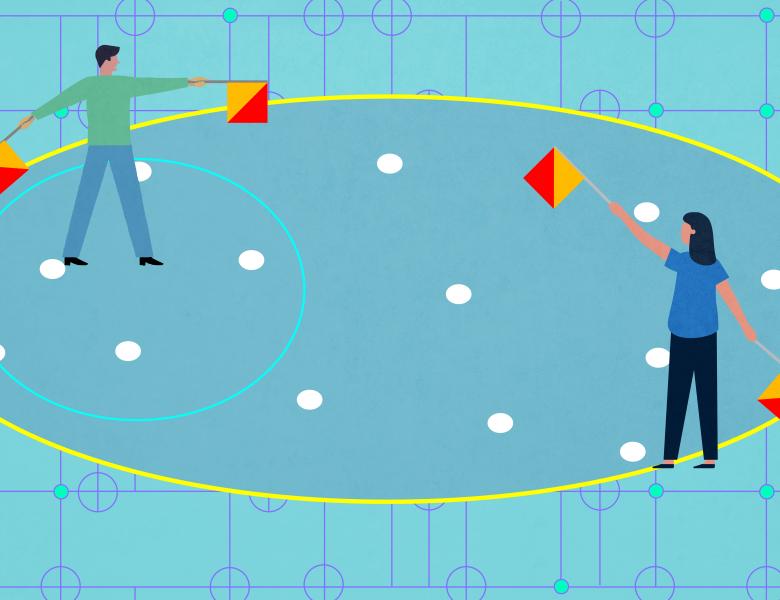
Abstract
Although the expenses associated with DNA sequencing have been rapidly decreasing, the current cost of sequencing information stands at roughly $120/GB, which is dramatically more expensive than reading from existing archival storage solutions today. In this work, we aim to reduce not only the cost but also the latency of DNA storage by initiating the study of the DNA coverage depth problem, which aims to reduce the required number of reads to retrieve information from the storage system. Under this framework, our main goal is to understand the effect of error-correcting codes and retrieval algorithms on the required sequencing coverage depth. We establish that the expected number of reads that are required for information retrieval is minimized when the channel follows a uniform distribution. We also derive upper and lower bounds on the probability distribution of this number of required reads and provide a comprehensive upper and lower bound on its expected value. We further prove that for a noiseless channel and uniform distribution, MDS codes are optimal in terms of minimizing the expected number of reads. Additionally, we study the DNA coverage depth problem under the random-access setup, in which the user aims to retrieve just a specific information unit from the entire DNA storage system. We prove that the expected retrieval time is at least k for [n,k] MDS codes as well as for other families of codes. Furthermore, we present explicit code constructions that achieve expected retrieval times below k and evaluate their performance through analytical methods and simulations. Lastly, we provide lower bounds on the maximum expected retrieval time. Our findings offer valuable insights for reducing the cost and latency of DNA storage.


